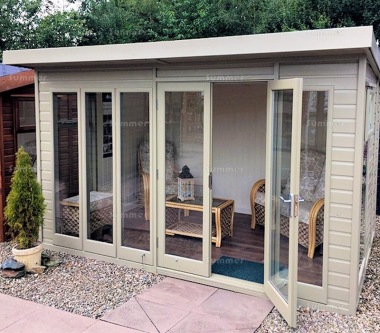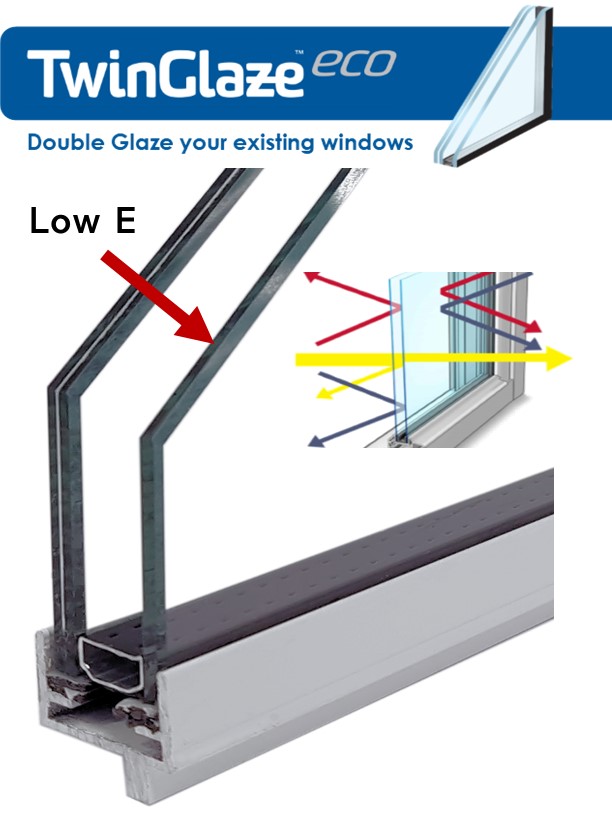All Categories
Featured
Table of Contents
The Surprising Benefits Of Double Glazing In The Summer ... in Ballajura Perth
Glazing simply means the windows in your home, consisting of both openable and fixed windows, along with doors with glass and skylights. Glazing really simply suggests the glass part, however it is usually used to describe all elements of an assembly including glass, movies, frames and furnishings. Taking notice of all of these elements will help you to accomplish effective passive design.

Energy-efficient glazing makes your home more comfy and drastically decreases your energy expenses. Unsuitable or inadequately created glazing can be a significant source of unwanted heat gain in summer and significant heat loss and condensation in winter. As much as 87% of a house's heating energy can be gained and as much as 40% lost through windows.
Which Double Glazing Company Is The Best? in Hamilton Hill Perth
Glazing is a significant investment in the quality of your home. A preliminary financial investment in energy-efficient windows, skylights and doors can considerably reduce your yearly heating and cooling bill.

This tool compares window selections to a base level aluminium window with 3mm clear glass. Understanding some of the crucial residential or commercial properties of glass will assist you to pick the best glazing for your home. Key residential or commercial properties of glass Source: Adapted from the Australian Window Association The quantity of light that passes through the glazing is called visible light transmittance (VLT) or visible transmittance (VT).
Which Type Of Double Glazed Window Frame Is Right For You? in Singleton WA
The U worth for windows (expressed as Uw), describes the conduction of the whole window (glass and frame together). The lower the U worth, the higher a window's resistance to heat circulation and the much better its insulating worth.
For instance, if your home has 70m2 of glazing with aluminium frames and clear glass with a U value of 6. 2W/m2 C, on a winter season's night when it is 15C cooler outside compared to inside, the heat loss through the windows would be: 6. 2 15 70 = 6510W That is equivalent to the overall heat output of a big space gas heating system or a 6.
The Surprising Benefits Of Double Glazing In The Summer ... in Bedford Perth

If you choose a window with half the U worth (3. 1W/m2 C) (for example, double glazing with an argon-filled space and less-conductive frames), you can cut in half the heat loss: 3. 1 15 70 = 3255W The solar heat gain coefficient (SHGC) for windows (revealed as SHGCw) determines how easily heat from direct sunlight streams through a whole window (glass and frame together).
The lower a window's SHGC, the less solar heat it transmits to your house interior. Glazing producers declare an SHGC for each window type and design. The real SHGC for windows is affected by the angle that solar radiation strikes the glass. This is referred to as the angle of incidence.
Why Do You Need Double Glazing Windows In Summer? in Casaurina WA
When the sun is perpendicular (at 90) to the glass, it has an angle of occurrence of 0 and the window will experience the optimum possible solar heat gain. The SHGC stated by glazing manufacturers is always determined as having a 0 angle of occurrence. As the angle increases, more solar radiation is shown, and less is transmitted.
Table of Contents
Latest Posts
Benefits Of Double Glazing Low-e in Applecross Western Australia
Double Glazing Windows - Prices And Installers Near You in East Fremantle Perth
Triple Glazing & Triple Glazed Windows - Hampshire in Innaloo WA
More
Latest Posts
Benefits Of Double Glazing Low-e in Applecross Western Australia
Double Glazing Windows - Prices And Installers Near You in East Fremantle Perth
Triple Glazing & Triple Glazed Windows - Hampshire in Innaloo WA